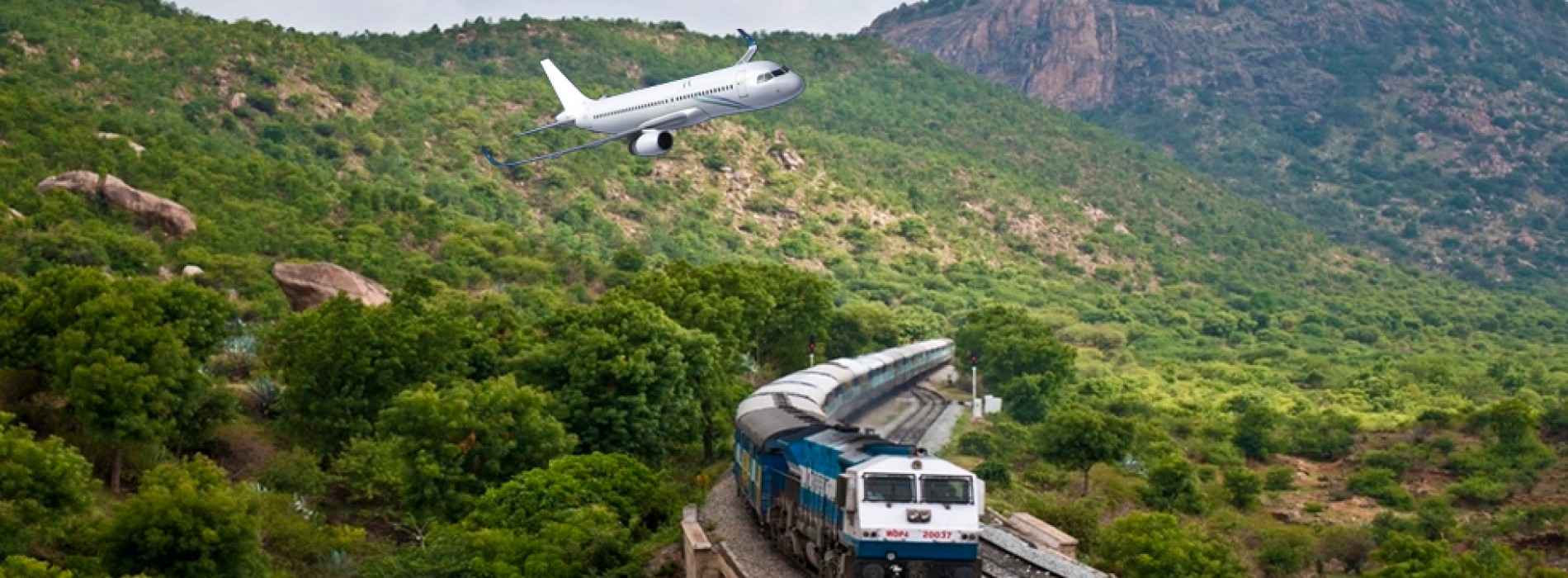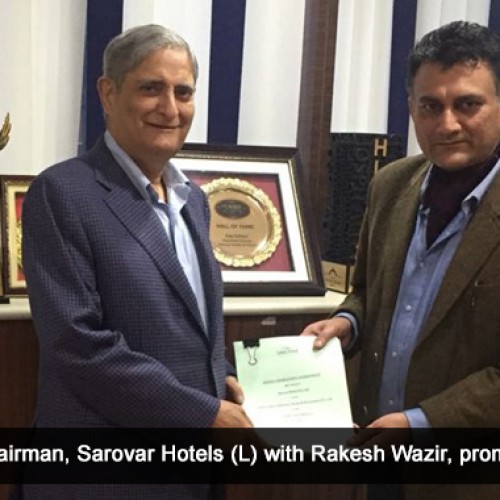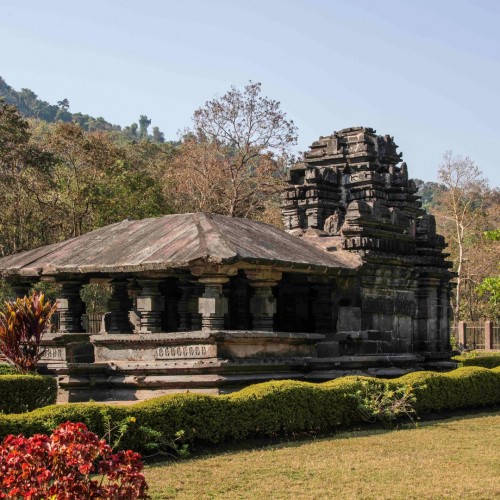Air traffic grows 23%, railways AC travel under 5%
Domestic air traffic is booming but the travel surge seems to have given the railways a miss, especially in the more profitable air-conditioned classes. While air traffic grew 23% to almost 77 million during April-December, the number of passengers travelling in air-conditioned railway coaches, which touched 108 million, grew at less than 5%.
As a proportion of number of passengers travelling in air-conditioned coaches, air traffic was over 71%, which is a record in recent years. Just a year ago, it was a shade over 60%. As a proportion of AC passenger traffic, domestic air traffic used to hover around the 50% mark until 2014-15.
For Indian Railways, passenger traffic is subsidised by freight or cargo with fares, on an average, covering 57% of the cost. Air-conditioned coaches are comparatively less loss-making, although AC three-tier was making profit. A NITI Aayog analysis showed that a couple of years ago, the railways was spending Rs 1.67 for every rupee earned from its passenger business due to its so called social obligation.
But a drop in air fares on the back of a fall in global oil prices, together with the railways’ experiment with dynamic pricing -which made AC travel more expensive for those booking late -meant that it was more attractive to fly. Faced with financial stress, the transporter ignored the decline in AC traffic and chose an easier option of introducing flexi-pricing for AC classes to reduce losses, over-looking the suggestions that it should actually hold fares, where it was vulnerable to competition.
Railways, as of now, controls large market share in suburban travel and long distance non-AC travel, but the state-run transporter succumbed to populist pressures and failed to rationalise fares in air-conditioned segments even as it lost short distance passengers to luxury buses and private vehicles and long-haul to airlines. The transporter was forced to bear the subsidy of around 64% on suburban travel. While this accounts for 54% of passengers, it yielded just 5.7% of passenger revenues in 2015-16.
You might also like
Sarovar Hotels adds another pilgrimage destination to its portfolio
Sarovar Hotels Pvt. Ltd. steps into yet another pilgrim destination, Katra – Jammu and announces the signing of two hotels, The Vaishnodevi Sarovar Portico and Shri Vaishnodevi Sarovar Portico marking the
TOFTigers launches the 5th TOFTigers Wildlife Tourism Awards 2018
TOFTigers has launched the 5th TOFTigers Wildlife Tourism Awards 2018. The theme of this year’s award is ‘Inclusive Conservation – People and Wildlife’. The Awards aim to highlight and reward
Air India connects Bhopal with Hyderabad
Air India has launched flight services between Hyderabad and Bhopal via Jabalpur to boost its regional connectivity. The flight on Bhopal-Jabalpur-Hyderabad route operates four days a week on Tuesday, Thursday,







